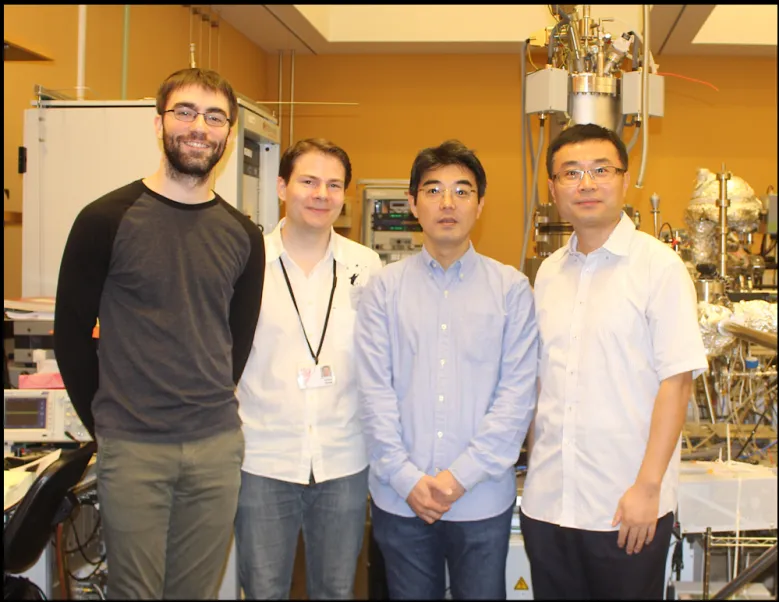The nature of defects in perovskite materials discovered
- Japanese scientists have investigated the nature of defects present in the structure of hybrid organic-inorganic perovskites. The study outcome is likely to help make perovskite solar cells more stable and improve their efficiency.

The team of researchers from Japanese Institute of Technology has discovered the nature of defects in perovskite structure. The material was examined with the help of STM.
Though existence of defects in the structure of perovskites is a well-known fact, the nature of the defects and how exactly they worsen solar cells efficiency has been unclear until now. The Okinawa Institute group’s findings are likely to help improve the design of PV units and prevent negative influence of the material defects.
To fix the existing problems, lots of possible methods have been proposed. Among them are introduction of additional layers into cell structure, application of potassium solution in order to minimize ion movements, and exposing the material to light and heat to ‘heal’ the defects.
The researchers have studied the material structure with the help of scanning tunneling microscopy. This tool examines the way atoms move on the material surface.
The scientists have analyzed the outcome of their experiments as well as the calculations of their colleagues from Pittsburgh and come to the conclusion that there are some areas unoccupied by atoms on the material surface. Besides, they have observed the bromide ion pairs moving in different directions and alternating their paths.
The researchers suggest that the atoms missing from the surface provoke bromide atoms to shift and change their direction, from which they conclude that surface of perovskite materials is more dynamic than it was considered before. The scientists hope that the results of their research will be helpful for solar cells manufacturing.
Also read


